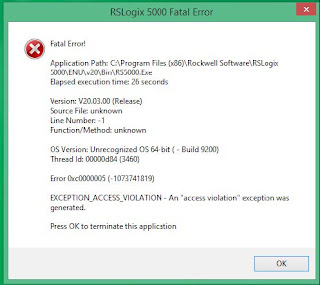What is a PLC or PAC
A Programmable Logic Controller, or PLC, and a Programmable Automation Controller, or PAC, are the same thing for our purposes. Both are used to control machine processes. PACs usually include more advanced features such as motion control and distributed I/O.
History
The first PLCs were used to replace complex relay logic wiring in the automotive industry. Each year when new car designs came out, the physical wiring of the machines that assembled cars had be be modified to change the steps of the assembly process. This was very time consuming plus troubleshooting these systems was very involved.
As the first PLCs were developed, they used typical programming languages which typical electricians didn't understand so a graphical language was developed that used symbols resembling that of electrical diagrams and Ladder Logic programming was born. Despite all the new and arguably more effective industrial languages that have been developed, Ladder Logic is still by far the most used industrial control language in the world.
Components
There are three components of basic PLCs.
- Inputs - Inputs are used to connect external sensors to the PLC. They come in discrete and analog varieties. Discrete inputs are ON/OFF such as push buttons, limit switches, selector switches, etc. Analog inputs sense a range of values, most popularly 4-20mA and 0-10VDC. Examples of these level sensors, pressure sensors, and distance measuring devices.
- CPU - The Central Processing Unit (CPU) or processor of the PLC executes the ladder logic program.
- Outputs - Outputs are devices that the PLC manipulates to operate the machine. They too come in discrete and analog varieties. Discrete output examples would be contactors that operate motors, solenoid valves, and indicator lights. Analog examples would be a motor speed control, variable pressure solenoid, and digital display.



Comments
Post a Comment